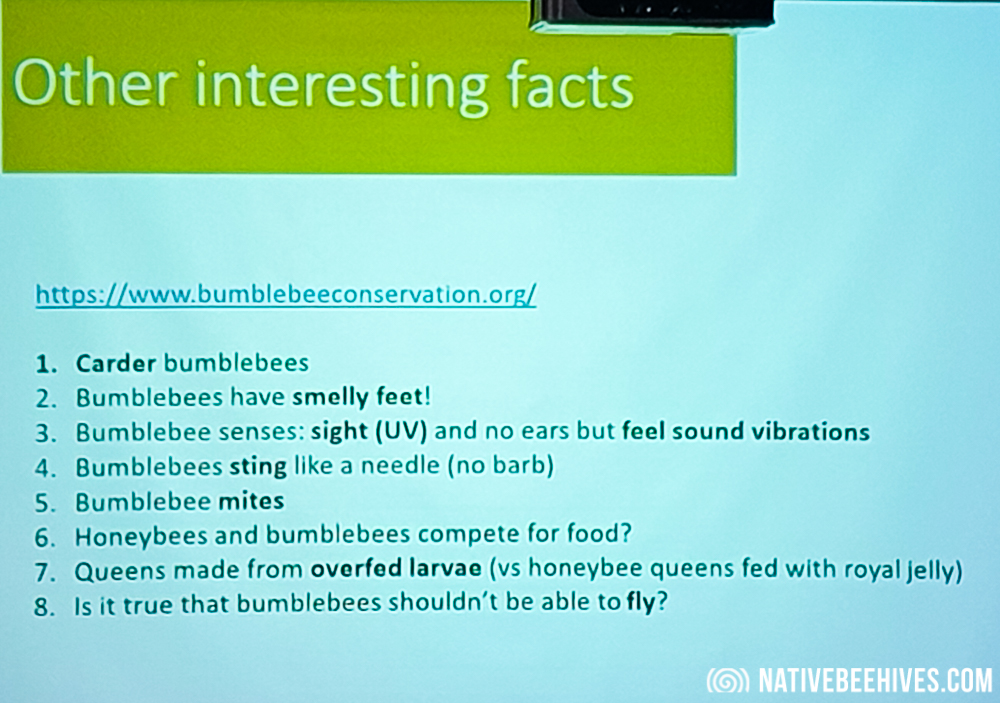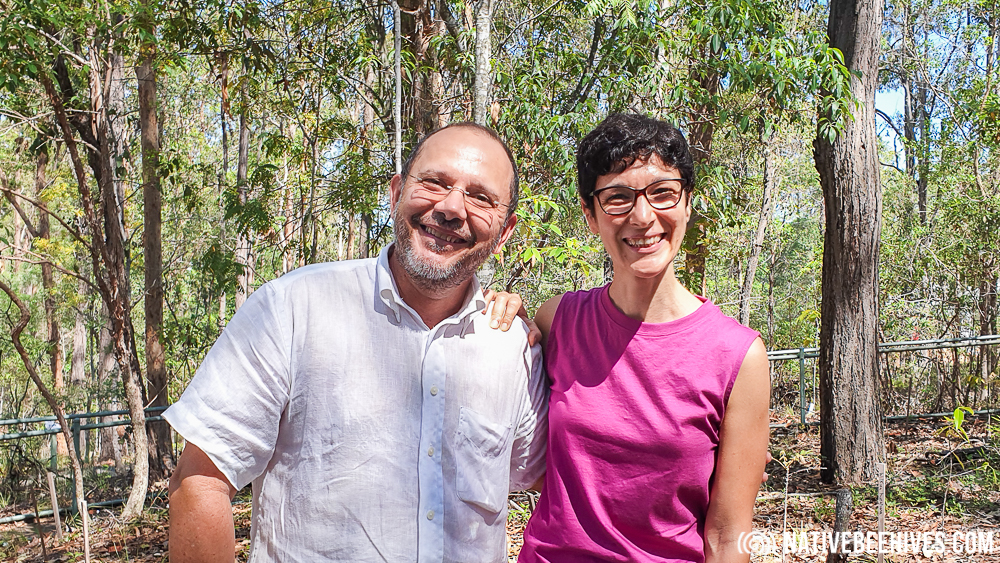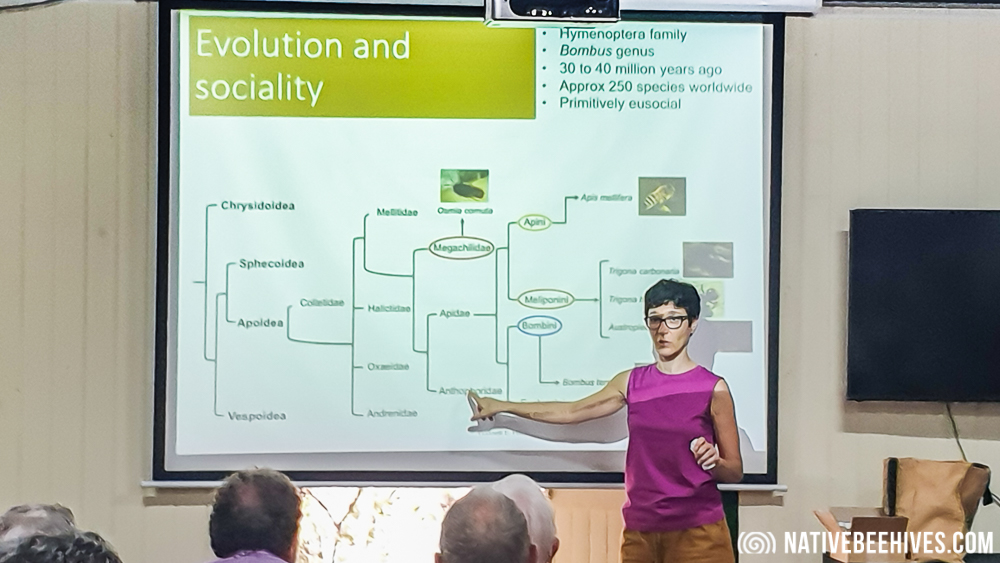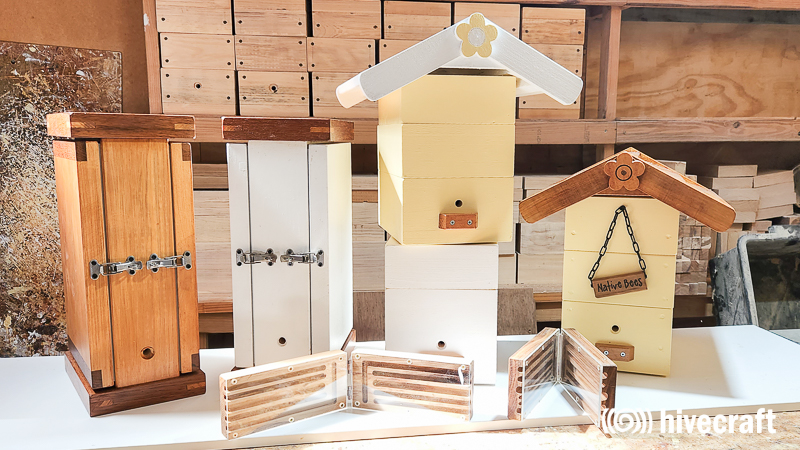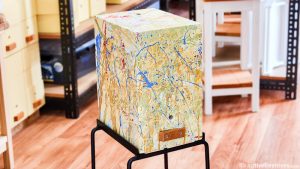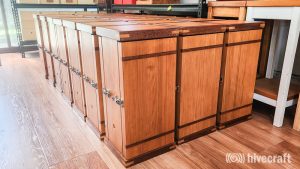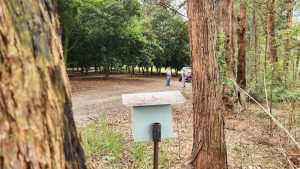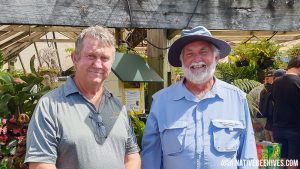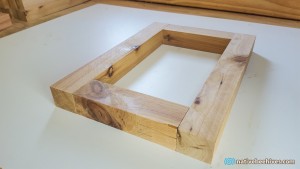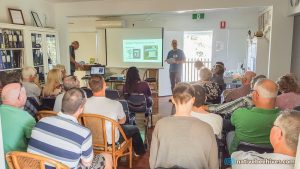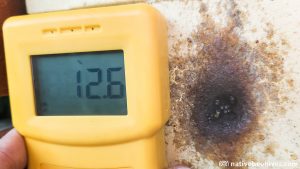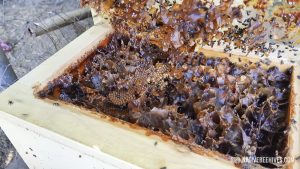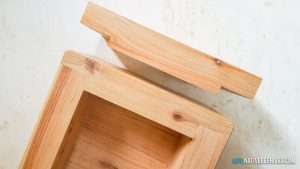Nest Biology of Bumble Bees – Bombus sp – Flavia Massaro
Flavia is a well known researcher in the Native bee community and gave a fascinating presentation to the Brisbane Branch of Australian Native Bee Association on her research on a few different species of Bumble Bees.
We don’t have Bumble Bees on mainland Australia though they are in Tasmania and thought to have arrived there in 1992. Also intentionally introduced in to New Zealand to help with crop pollination.
Below – There’s 250 species of Bumble Bees world wide.
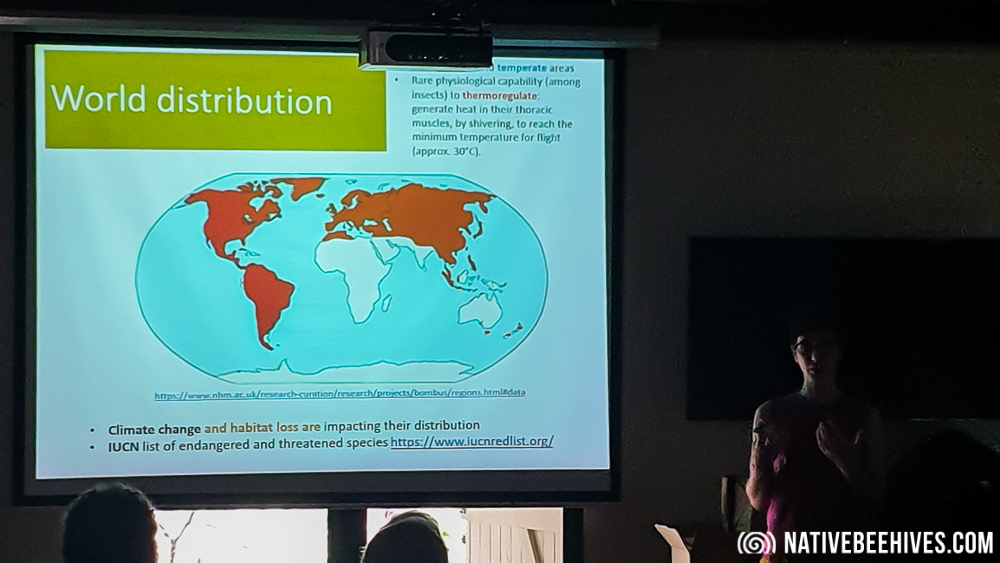
Bumble Bee colonies only live for one year. The new mated Queen will then hibernate and create a new colony the following season. She can hibernate in temperatures minus 19 degrees c. They have the ability to stop the moisture in their body forming ice crystals so they don’t freeze. Bumble Bees can also shiver their muscles to create heat.
Once she emerges from hibernation she will locate a new site for her colony, create a honey pot filled with collected nectar and then create a mound of pollen and stay in position on the pollen for four weeks. Once the new bees emerge they can feed on the pollen and nectar. There can be up to 400 bees in one colony. At the end of the colonies life they will create a new mated queen.
Flavia also talked about her research in the UK where she would look for mated Queens flying low as they searched for a new colony site. She would catch them, feed them, then send them in to hibernation to start the process of creating a new colony in lab conditions.
Below – There’s approximately 33 species in France and it’s expected the species will reduce over coming years due to habitat loss.
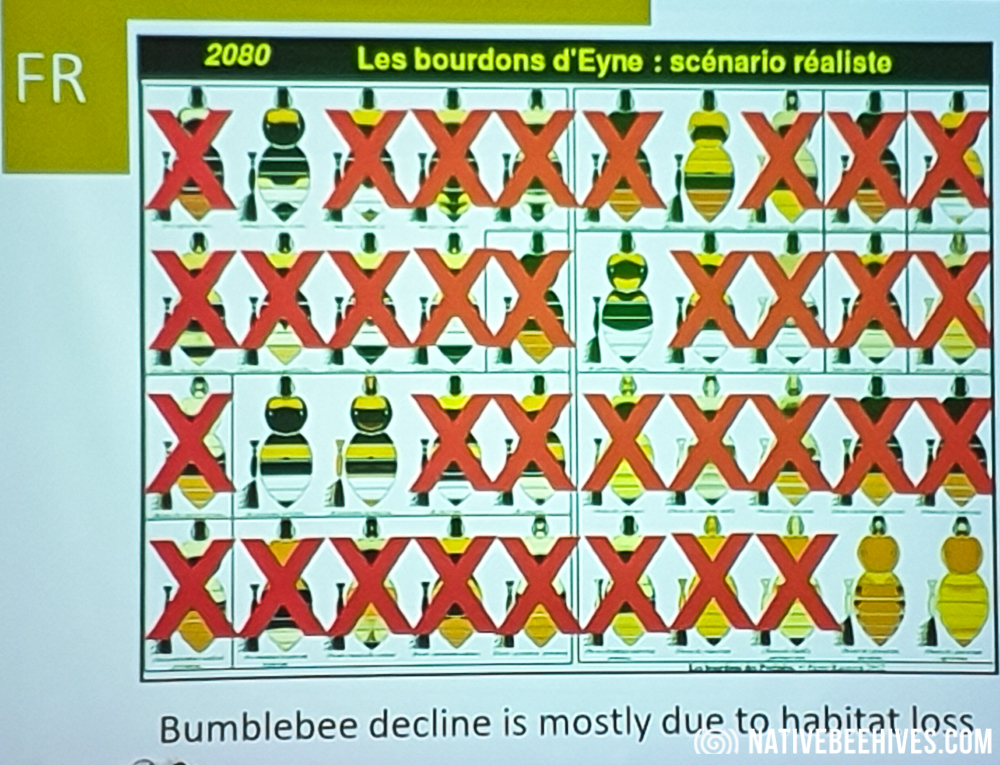
Below – There’s “Long tongued Bumble Bees” and “Short Tongued Bumble Bees” that are suited to different crops, Tomatoes, Berrys and seed crops. They also “buzz pollinate” which European Honey Bees don’t do. There’s a large commercial market for Bumble Bees for green house pollination of crops. Labs breed and supply young colonies to the commercial market.
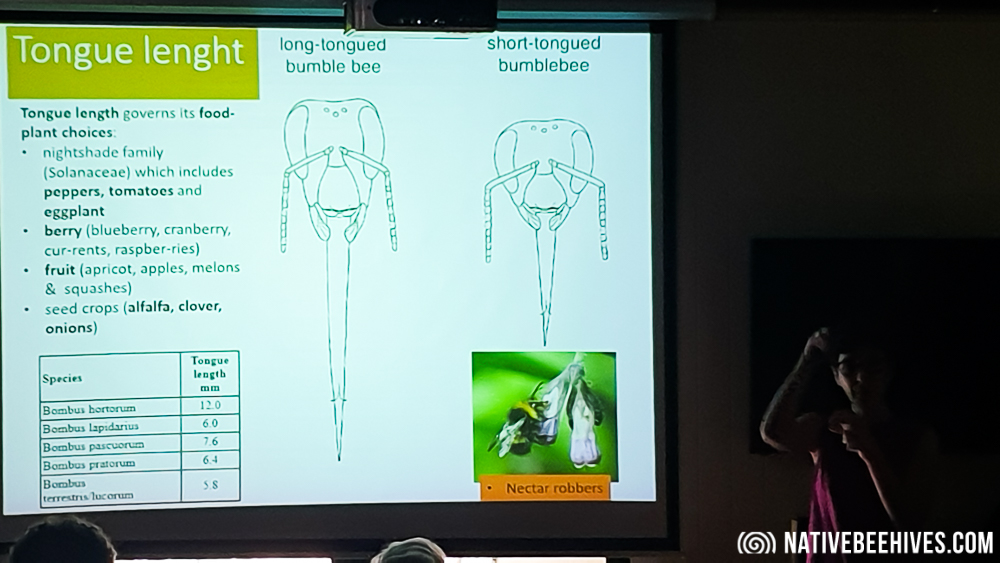
Below – Some are called “Pollen Pocket Bees”. They create pockets to store pollen and can have 6 to 8 larvae in each pocket.
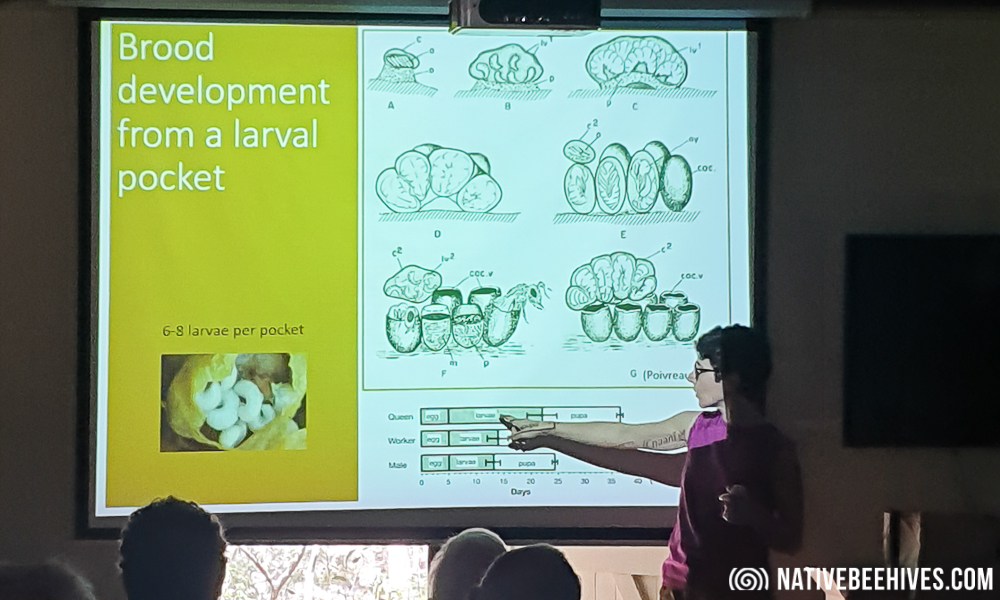
Below – The Cuckoo Bumble Bee will take over another nest and force the colony to feed her and her new emerging colony.
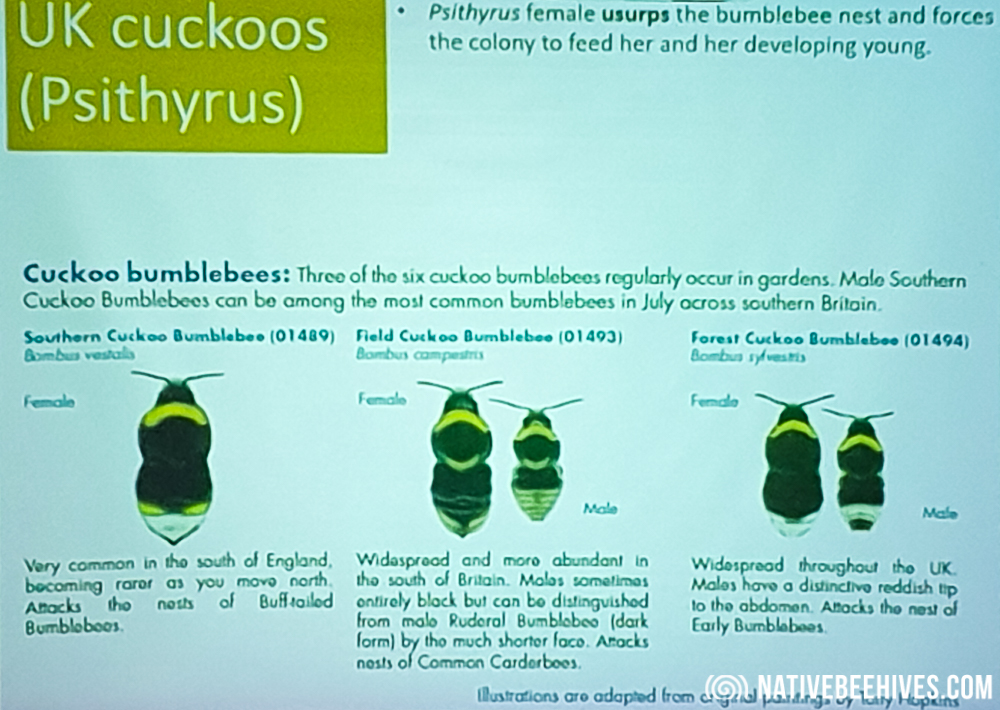
Bumble Bees are said to have smelly feet, meaning they can mark flowers with scent so other bees will know that flower has been visited.
